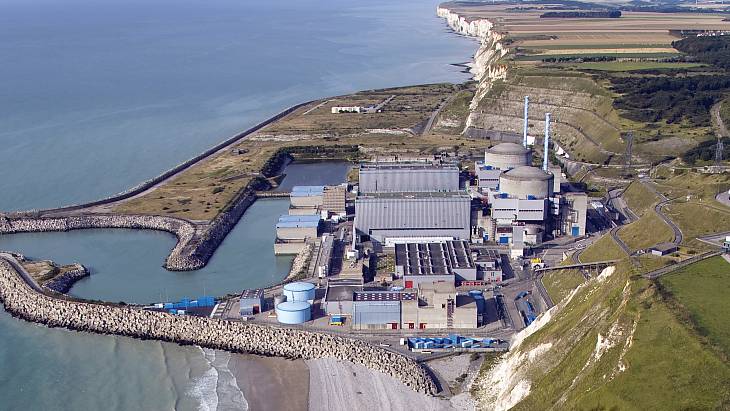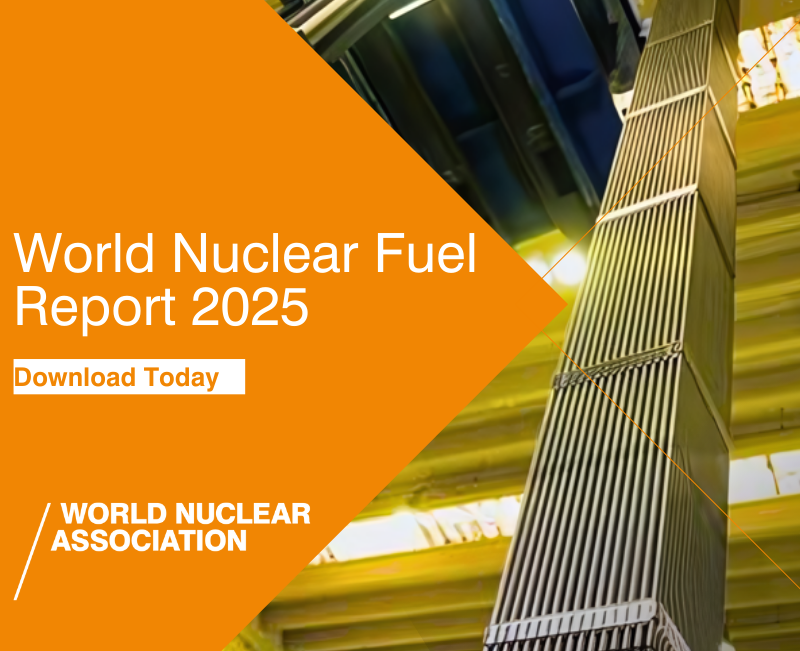The Plenary Session of the Nuclear Safety Council (Consejo de Seguridad Nuclear, CSN) approved, subject to conditions, the application submitted by Enresa, the operator of the Garoña plant. The request included a design modification to expand the capacity of the Individualised Temporary Storage Facility (ATI) and associated revisions to the Safety Study and the Technical Operating Specifications for the facility.
Furthermore, the Plenary Session also approved the revision of the radioactive waste and used fuel management plan for the plant, which is currently in Phase 1 of its decommissioning process.
The construction of the ATI facility at Garoña - consisting of two reinforced concrete slabs - was completed in 2017. This facility allows dry and temporary storage of dual-purpose metal containers, whose design allows the loading of used fuel and the subsequent transport of the fuel from the plant to the proposed Centralised Temporary Storage Facility (ATC). The first used fuel was placed in the ATI in July 2022, with all used fuel expected to be transferred to it in 2027.
The 446 MWe boiling water reactor at Garoña began operations in 1971 and was deemed by the CSN to be suitable for operation until 2019 given certain technical upgrades.
However, in September 2012, operator Nuclenor - a joint venture of Endesa and Iberdrola - missed the deadline to submit an operating licence renewal application for Garoña, meaning that it had to shut by the time its existing licence expired on 6 July 2013. However, the reactor was closed in mid-December 2012 to avoid a full year of retroactive tax charges for which Nuclenor would have been liable if it was operating on 1 January 2013.
Spanish decommissioning firm Enresa submitted an application to the Ministry for Ecological Transition and Demographic Challenge in May 2020 for the transfer of ownership of the Garoña plant and the first phase of its dismantling. Enresa assumed ownership of the plant in July 2023.
It is estimated that the dismantling of Garoña will take about 10 years. The decommissioning strategy selected for the plant is immediate dismantling in two phases.
In Phase 1, the main activities will be the loading of the used fuel into containers and its transfer from the storage pool to the on-site interim storage facility. This phase also includes the dismantling of the turbine building in order to prepare for the second phase of dismantling.
Phase 2, with the fuel outside the reactor building, will involve the dismantling of the reactor, as well as the rest of the buildings with radiological implications, continuing with the decontamination, declassification activities and demolition of buildings, and concluding with the environmental restoration of the site.

_38295.jpg)



_91467.jpg)
_47120.jpg)

_23621.jpg)





